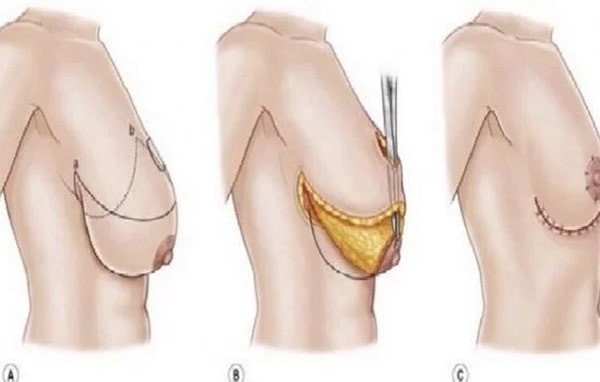Breast Ptosis: How to Lift Sagging Breasts?
Causes of Breast Ptosis
Breast ptosis, commonly known as sagging breasts, can be concerning, but understanding its causes can help. Several factors contribute, including natural aging, pregnancy, breastfeeding, significant weight changes, and genetics. Over time, skin loses elasticity, supporting ligaments stretch, and the mammary gland loses firmness. Hormonal changes from pregnancy and breastfeeding also impact breast tone. Each woman's experience is unique, but understanding these causes is the first step towards informed decisions about breast lift options. It's important to remember that breast ptosis is not just about appearance but also a result of various life and genetic factors.
Surgical Options for Breast Lifting
When breast ptosis is a concern, surgery often provides a transformative solution. Mastopexy, or breast lift, lifts the breasts to restore a firmer, more youthful appearance. This involves repositioning breast tissue, removing excess skin, and sometimes reducing the areola for proportion. A breast lift can be combined with augmentation if increased fullness is desired. While surgical, these options often provide lasting results and significantly impact self-confidence. It's crucial to understand the implications, discuss expectations with your surgeon, and make an informed decision based on your goals. Cosmetic surgery can be a journey to rediscovering self-confidence, and breast lifting is often an important part of that journey.
EXPRESS QUOTE
Would you like more information?
Your health, our priority.
Request your free quote
Post-operative Care and Recovery
After breast lift surgery, post-operative care is critical. Initial fatigue and discomfort are normal, but following your surgeon's advice is essential for successful recovery. Dressings will be applied, and a compression bra may be recommended. Avoid strenuous activity and rest is key. Follow-up appointments address concerns, monitor healing, and adjust the recovery plan. Patience is important; final results may take several months. Post-operative care is a collaboration between patient and medical team, ensuring a smooth transition and renewed self-confidence.
Non-Surgical Tips to Prevent Breast Ptosis
To prevent breast ptosis without surgery, focus on overall health, including maintaining a stable weight. Wear a supportive bra during activity and throughout the day to minimize stress on breast tissue. Hydrate adequately and use moisturizing creams to maintain skin elasticity. Pectoral exercises strengthen supporting muscles. During pregnancy and breastfeeding, use supportive maternity bras. While not guaranteeing prevention, these tips offer proactive strategies for maintaining breast health.
Medical Consultation: The First Step Towards Enhanced Breasts
A medical consultation is the first step. Your concerns, questions, and aspirations are discussed. The surgeon will discuss aesthetic goals, examine your breast structure, and explain options. It's a chance to share desires and apprehensions, and receive informed advice and a personalized treatment plan. Transparency about expectations, procedure details, and post-operative care creates a solid foundation. The consultation is a crucial dialogue for mutual understanding, creating a partnership to achieve aesthetic goals while considering overall health and well-being. It's the beginning of a journey towards enhanced breasts, shaped by collaboration.
